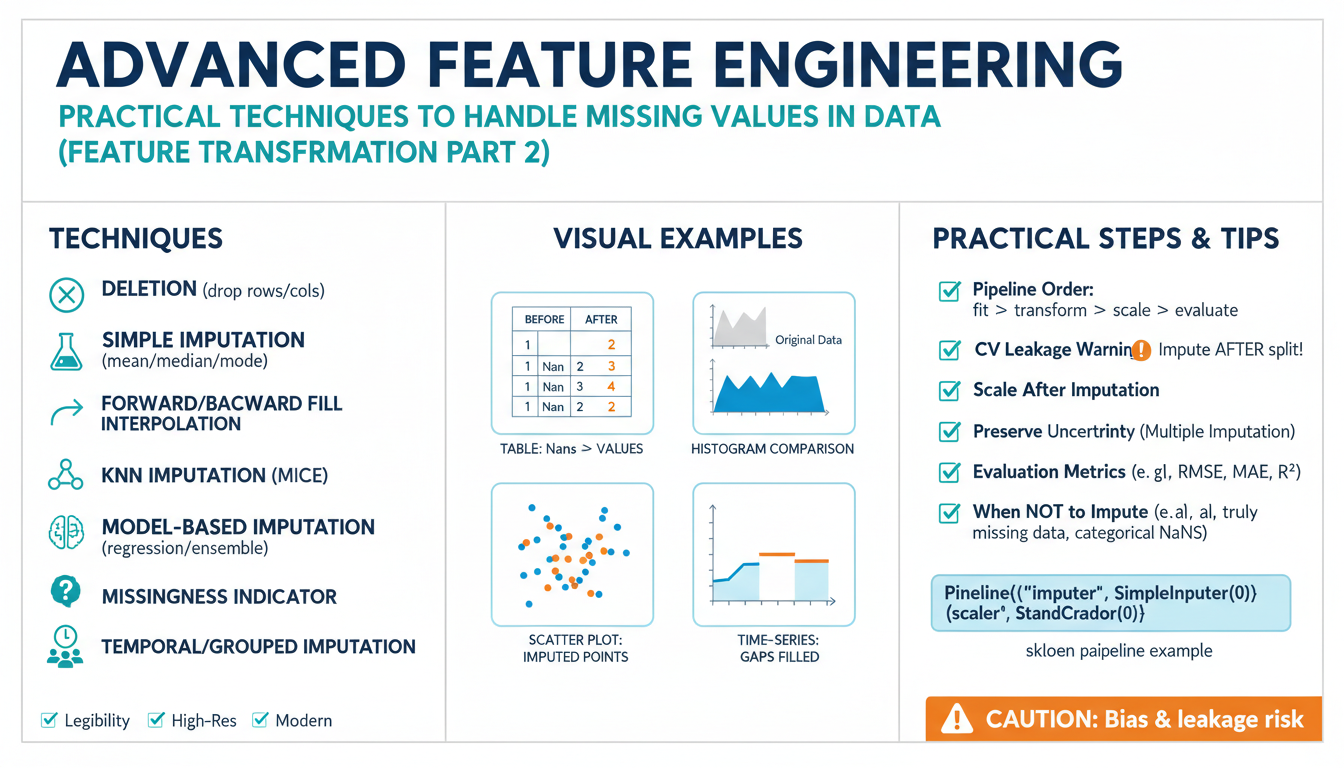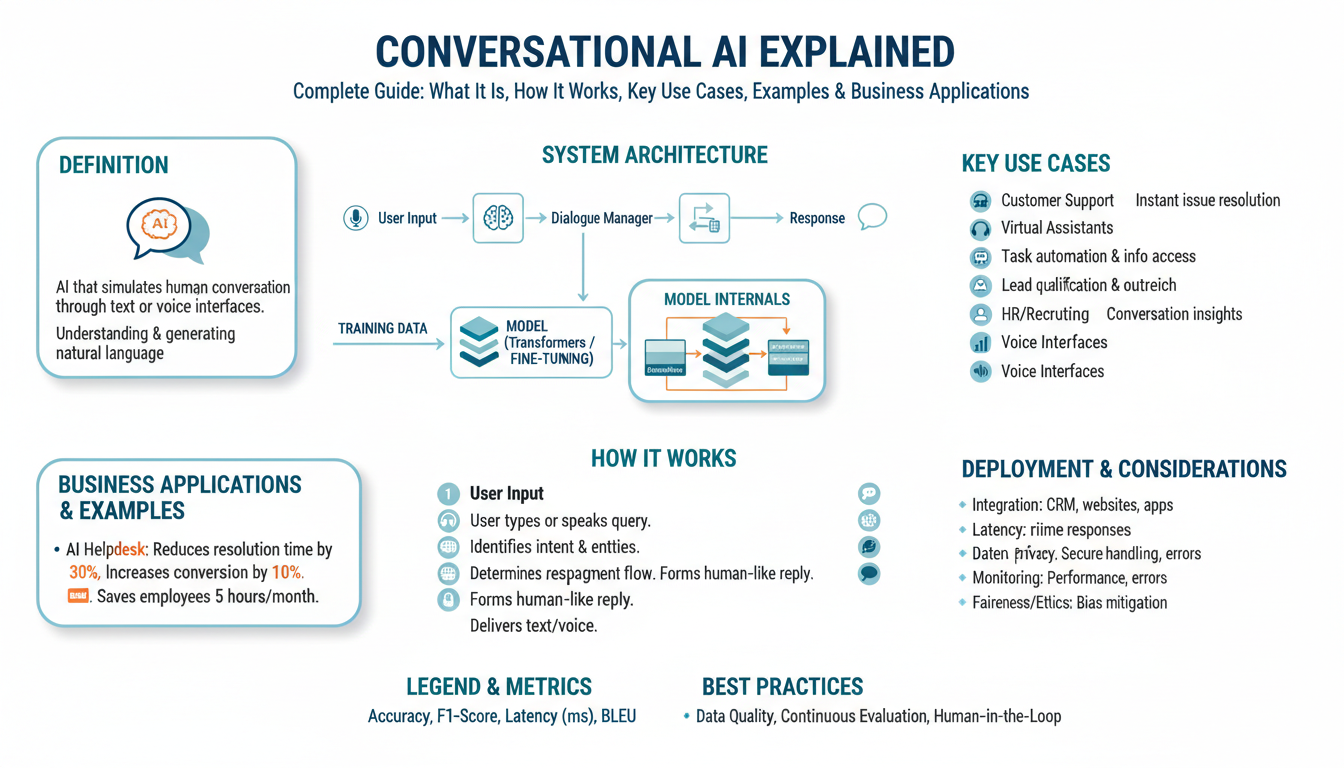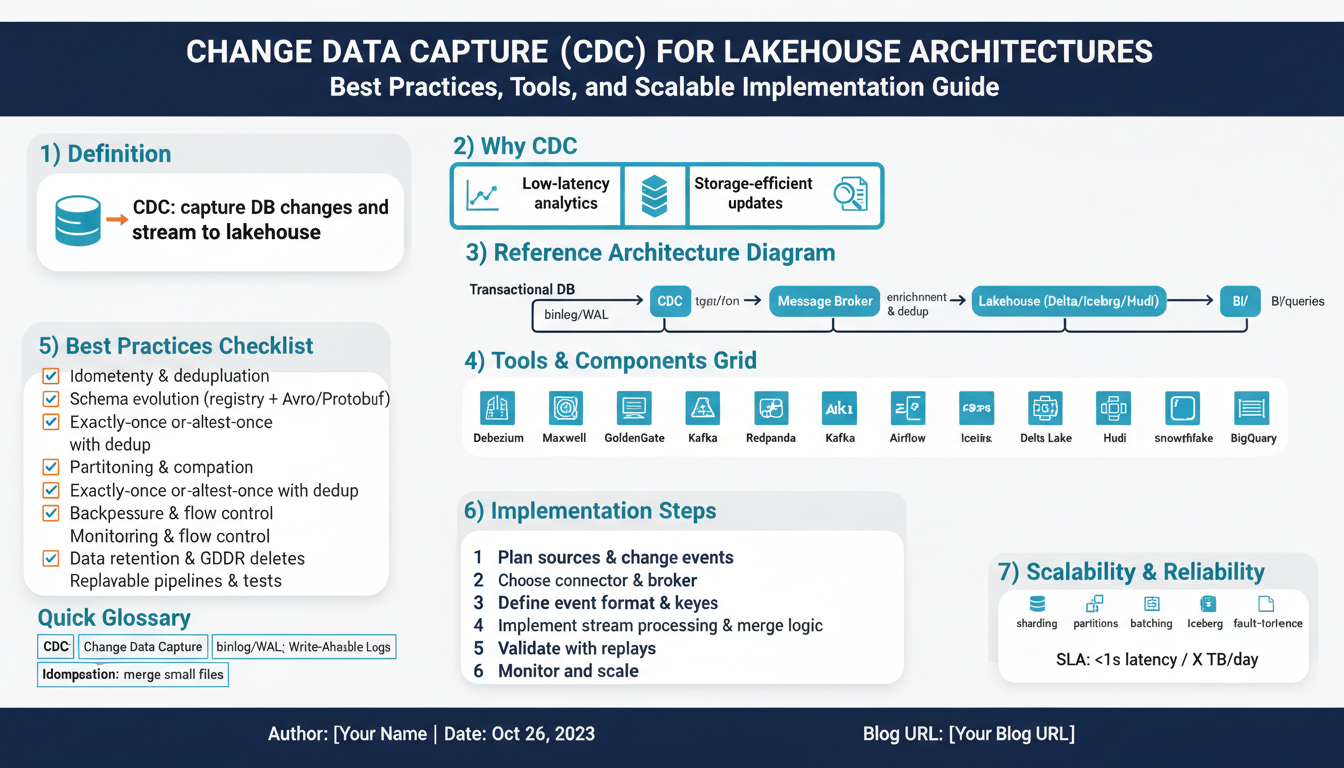What is ART: Agent Reinforcement Trainer?
The Agent Reinforcement Trainer (ART) is a specialized toolkit designed to streamline and democratize the process of training Large Language Models (LLMs) using reinforcement learning (RL) techniques. Traditionally, applying reinforcement learning to train or fine-tune LLMs required a deep understanding of both machine learning and intricate engineering skills, creating high entry barriers for many practitioners. ART addresses this gap by providing a user-friendly interface, robust automation, and ample customization opportunities, making cutting-edge RL techniques accessible even to non-experts.
At its core, ART offers modular components that abstract the complexities of setting up RL environments, reward functions, and agent configurations. Users can define training environments where LLMs act as agents that interact with tasks, receive feedback, and iteratively update their strategies to maximize rewards. For instance, if you want to fine-tune an LLM to improve its summarization ability, ART enables you to set up a reward mechanism based on metrics such as ROUGE or BLEU scores, which measure the quality of generated summaries (ACL Anthology: ROUGE metrics).
One of the standout features of ART is its flexibility. It is compatible with a variety of RL algorithms, including Proximal Policy Optimization (PPO) and Deep Q-Learning, and it integrates seamlessly with popular machine learning frameworks like PyTorch and TensorFlow. This interoperability allows users to experiment with advanced RL techniques, such as reward shaping or curriculum learning, without getting bogged down by technical hurdles. For detailed fundamentals of these RL algorithms, you can refer to OpenAI Spinning Up, an excellent beginner’s resource.
Moreover, ART boasts an extensive documentation library and a vibrant open-source community. Users can access ready-to-use training scripts, real-world experiment templates, and troubleshooting guides, which significantly reduce experimentation time. The ecosystem also encourages transparent, reproducible research, as users can share benchmarks, rewards functions, and environment settings on platforms like GitHub or Papers with Code.
To illustrate how ART simplifies reinforcement learning for LLMs, consider this workflow:
- Step 1: Environment Setup — Define the RL environment, such as question-answering or dialog simulation, specifying the rules and feedback signals.
- Step 2: Model Integration — Connect an existing LLM (e.g., GPT-like models) to the ART framework, which handles communication between the agent and the environment autonomously.
- Step 3: Reward Function Design — Select or customize reward metrics that align with your goals (e.g., promoting factual accuracy, diversity, or brevity in outputs).
- Step 4: Training — Choose a suitable RL algorithm and launch training with ART’s automated pipelines. Monitor performance in real time and adjust settings as needed.
- Step 5: Evaluation and Iteration — Use ART’s built-in tools to evaluate the trained model against standardized benchmarks, refining strategies based on results.
Overall, ART marks a substantial advancement in accessible AI development, empowering a broader audience to exploit reinforcement learning’s potential in language model applications. For more insights into reinforcement learning and its impact on modern AI, check resources like DeepMind’s publications and Nature’s coverage of AlphaGo.
The Need for Simplifying Reinforcement Learning in LLMs
Reinforcement learning (RL) is widely recognized as a powerful approach to enhancing the decision-making capabilities of large language models (LLMs). However, its complex setup, high computational demands, and steep learning curve often pose significant barriers for both researchers and practitioners. The landscape of LLMs is moving rapidly, and as models become increasingly sophisticated, the frameworks and techniques used to refine their outputs must become more accessible and effective.
One of the most notable challenges in applying RL to LLMs is the intricacy involved in feedback and reward design. RL requires a well-defined reward system to guide the model’s behavior and effectiveness, yet for language tasks, establishing such metrics is anything but straightforward. Human feedback, as seen in methodologies like Reinforcement Learning from Human Feedback (RLHF), often involves significant manual effort and complex orchestration (Nature). This process can quickly become overwhelming, making it difficult to iterate and innovate.
Moreover, traditional RL frameworks are not always well-suited for the rapidly evolving architectures of LLMs. They can require custom implementations and extensive hyperparameter tuning to ensure compatibility and optimal performance—steps that demand specialized expertise. For example, integrating RL elements into operational pipelines for models such as GPT-3 or PaLM usually involves advanced engineering and a deep understanding of both machine learning principles and practical infrastructure considerations (Google AI Blog).
The consequences of this complexity are substantial. Many talented teams are limited in their ability to experiment with RL for LLMs, resulting in fewer innovations and slower industry-wide progress. Worse, the technical and resource overhead can exclude smaller organizations or academic labs from meaningful participation, skewing advancements towards large, well-funded entities only.
An illustrative example comes from the implementation of RLHF in OpenAI’s ChatGPT, where a combination of human feedback, reward modeling, and reinforcement learning heightened the conversational quality of the model. While this resulted in significant breakthroughs (OpenAI InstructGPT), replicating such workflows outside of large research teams remains highly non-trivial for most practitioners.
Given these challenges, there is a profound need for tools and frameworks that democratize reinforcement learning for LLMs. Simplifying RL pipelines, providing user-friendly interfaces, and offering modular integration options can enable a more diverse range of users to leverage these techniques. This broadening of access is crucial for accelerating research, fostering experimentation, and ultimately improving the capabilities of LLMs for a variety of applications. As new solutions like ART emerge, they are poised to unlock RL’s full potential across the entire spectrum of AI practitioners, not just the elite few.
Core Features and Advantages of ART
ART, or Agent Reinforcement Trainer, represents a significant step forward in making reinforcement learning (RL) accessible and user-friendly for those working with large language models (LLMs). By demystifying the complex landscape of RL, ART offers a streamlined, modular approach that empowers both newcomers and experienced practitioners to harness the full potential of cutting-edge AI systems. Below, we delve into the key features and distinct advantages that set ART apart in the fast-evolving world of machine learning.
1. Intuitive Modular Design
One of ART’s most compelling features is its modular architecture, which allows users to assemble and experiment with RL pipelines as easily as stacking building blocks. Whether you’re looking to use TensorFlow Agents or integrate with OpenAI’s research, ART makes it simple to swap and test components without deep rewiring. This leads to accelerated prototyping and more flexible experimentation, crucial for both academic research and commercial deployments.
2. Simplified Environment Setup
Setting up RL environments for LLMs often involves significant overhead, from configuring reward functions to implementing suitable state representations. ART dramatically reduces this complexity by offering pre-built environment templates and guided wizards. These resources not only save time, but also lower the barrier to entry, allowing teams to focus on innovation rather than infrastructure. For a deeper dive into RL environments, check out OpenAI’s Spinning Up guide.
3. Interactive Training Visualization Tools
Understanding the often-opaque training process of reinforcement learning can be daunting. ART addresses this with robust visualization dashboards that provide real-time insights into agent performance, exploration metrics, and episode outcomes. These tools are inspired by best practices in the field, such as those reflected in DeepMind’s research visualizations, enabling users to quickly diagnose issues, iterate on models, and achieve better results through data-informed decisions.
4. Plug-and-Play Policy Integration
With ART, users can easily test, adapt, or extend different policy architectures—such as Deep Q-Networks (DQNs), Proximal Policy Optimization (PPO), or custom LLM-based policies—without extensive reconfiguration. This flexibility encourages experimentation and innovation by removing technical roadblocks. Valuable resources on RL policy design can be found at Coursera’s Practical Reinforcement Learning course.
5. Detailed Monitoring and Analytics
Another notable advantage is ART’s comprehensive analytics suite, which tracks not only typical rewards and losses but also more nuanced behavioral metrics, such as agent adaptability and robustness across varied tasks. Monitoring these metrics is critical for advancing LLM capabilities, and ART’s easy-to-use reports ensure teams are always informed and ready to act on new insights. For understanding best practices in RL evaluation, you might explore the work at Stanford AI Lab.
6. Community Support and Extensibility
Finally, ART benefits from a growing community of contributors and transparent, open-source principles. This fosters collaboration, shared learning, and rapid iteration, as best demonstrated in established projects like OpenAI Baselines and Ray RLlib. Users can contribute new environments, modules, or integrations while benefiting from collective improvements and peer-reviewed code.
Through these features, ART is not only simplifying the path to effective RL with LLMs but also inspiring a broader audience to participate in the future of artificial intelligence. By lowering the technical barriers and amplifying the creative potential of its users, ART stands as a pivotal tool in the machine learning landscape.
How ART Streamlines RL Training Pipelines
ART (Agent Reinforcement Trainer) refines the complexity often associated with reinforcement learning (RL) training pipelines, particularly when working with large language models (LLMs). Traditionally, setting up and running RL experiments involves a steep learning curve, requiring expertise in distributed computing, environment setup, and hyperparameter optimization. ART addresses these challenges by bundling key features that simplify and automate the RL pipeline from start to finish.
At the heart of ART’s approach is its user-friendly interface for orchestrating and monitoring RL training runs. Instead of juggling multiple scripts and configuring intricate settings, researchers and practitioners can define experiments using streamlined configuration files. These files set the parameters for agents, environments, and training protocols, significantly reducing manual setup. For a detailed overview of how configuration files enhance reproducibility in RL, see this research from Cornell University.
Another major advantage ART introduces is robust environment management. Many RL pipelines struggle with dependency conflicts and version mismatches. ART tackles this by integrating with containerized solutions, such as Docker, ensuring that every experiment runs in a consistent and reproducible environment. This approach is increasingly viewed as industry best practice, as detailed by Docker’s guide on AI workflow management.
Scalability is also at the forefront of ART’s design. ART supports distributed training across multiple GPUs and even large clusters, dynamically allocating resources according to the workload. This means training that previously took days can be conducted in significantly less time, enabling rapid experimentation. A real-world comparison can be found in Microsoft’s research on distributed RL frameworks.
ART goes further by simplifying rewards engineering, a process often fraught with trial-and-error. With integrated visualization and analytics tools, users can inspect reward dynamics and agent behavior in real time. This immediate feedback loop leads to faster debugging and fine-tuning of RL models, greatly accelerating the path from prototype to deployment. Example toolkits and their impact on rapid iteration are discussed by OpenAI Baselines.
Additionally, ART’s modular architecture makes it easy to plug in new environments, observation spaces, and agent architectures, offering flexibility for cutting-edge research and industrial applications alike. Whether training an LLM to follow complex instructions or performing task-specific optimization in robotics, ART’s pipeline enables seamless iteration. To explore what modularity looks like in industry, you can refer to this analysis of modular RL frameworks.
Case Studies: ART in Real-World LLM Applications
The impact of Agent Reinforcement Trainer (ART) on reinforcement learning for Large Language Models (LLMs) becomes most tangible when we explore its deployment across real-world cases. Below, we delve into several detailed examples showcasing how ART empowers application developers, enhances model capabilities, and bridges the gap between artificial learning and human-level expertise.
Empowering Conversational AI in Healthcare
One striking example has emerged in telemedicine, where healthcare providers leverage LLMs to triage patient symptoms, provide appointment scheduling, and follow up on treatment plans. Traditionally, refining these language models for sensitive domains required extensive human supervision, careful curation of reward signals, and substantial domain expertise (Nature Machine Intelligence).
- Step 1: Data Collection — ART simplifies the gathering of real patient conversations (anonymized for privacy), ensuring diverse, representative interaction patterns.
- Step 2: Automated Reward Shaping — Instead of laborious manual annotation, ART automatically generates reward signals based on medical outcome alignment, conversation satisfaction, and adherence to clinical guidelines.
- Step 3: Iterative Training — With ART’s modular interface, model updates happen rapidly. Health professionals review model outputs, while ART enables targeted reinforcement without re-training from scratch.
This approach results in conversational agents that are not just accurate but also context-aware and reliable, minimizing risks commonly associated with AI in healthcare communication.
Accelerating Financial Insights
In the fast-paced domain of fintech, LLMs are employed for instant customer support, fraud detection, and wealth management advice. ART’s reward-driven learning framework ensures chatbots not only deliver correct answers but also maintain compliance with dynamic regulatory standards (IBM AI in Financial Services).
- Example: A major bank uses ART to reinforce desirable behaviors in its AI advisor, such as clarifying legal disclosures before discussing sensitive investments. ART captures high-value conversational turns, applies automated rewards for regulatory compliance, and minimizes misleading advice by penalizing policy deviations.
- Outcome: Reduced regulatory risk, higher customer satisfaction, and decreased reliance on manual QA. ART’s audit trails further support external compliance reviews.
Enhancing Educational Technology
Edtech platforms increasingly use LLMs as virtual tutors. ART’s plug-and-play reinforcement capabilities enable these systems to adapt quickly to different student learning styles and to maximize engagement (Stanford Graduate School of Education).
- Adaptive Feedback: Teachers can set up automated rewards for responses that demonstrate empathy, encouragement, or effective scaffolding, allowing the LLM to personalize learning experiences in real time.
- Iterative Improvement: The ART system highlights recurrent pain points—such as instances where students distrust AI feedback. This facilitates rapid A/B testing and continuous model iteration.
The result is a tutoring agent that is more aligned with curriculum goals and student needs, while reducing instructor workload and providing actionable analytics for learning improvement.
Summary: ART as a Catalyst for RL in LLMs
Across healthcare, finance, and education, ART’s core value lies in its seamless integration of reinforcement learning loops that are accessible, auditable, and customizable. The system dramatically lowers the barrier for domain experts to reinforce, fine-tune, and monitor LLM behavior—driving safer, more adaptable, and ultimately wiser language agents. For developers and researchers wishing to explore further, the DeepMind and OpenAI research pages offer a wealth of foundational material on scaling reinforcement learning for complex tasks.
Getting Started with ART: Installation and Basic Usage
Getting started with ART (Agent Reinforcement Trainer) is an exciting step for anyone interested in simplifying the process of training Large Language Models (LLMs) using reinforcement learning. ART bridges the gap between complex theory and practical implementation, making RL accessible to both beginners and advanced practitioners. Below you’ll find a comprehensive walkthrough to set up ART on your system and run your first basic example.
System Requirements and Prerequisites
Before diving into installation, ensure your environment is prepared. ART is designed to be cross-platform, but it’s best to use a Linux or macOS system for maximum compatibility. You’ll need:
- Python 3.8 or above
- pip package manager (official instructions)
- CUDA-enabled GPU (recommended for efficiency, but not mandatory)
- Basic understanding of reinforcement learning concepts (DeepMind’s RL Introduction)
Step-by-Step ART Installation
The installation process for ART is straightforward. Follow these steps to set up ART on your local machine or preferred computing environment:
-
Set Up a Virtual Environment:
Using a virtual environment is best practice to avoid dependency conflicts. For example, on most systems, run:python3 -m venv art-env source art-env/bin/activateFor Windows users, activate with
art-env\Scripts\activate. -
Update pip and Install Dependencies:
Always make sure pip is up-to-date and basic dependencies are satisfied:pip install --upgrade pip setuptools -
Install ART:
ART can be installed directly via PyPI. Run:pip install agent-reinforcement-trainerIf ART is not available via PyPI, check the official GitHub repository (replace with actual link), and follow instructions for installation from source. This typically looks like:
git clone https://github.com/your_art_repo.git cd art pip install -e . -
Verify the Installation:
Test that ART has installed correctly by running:python -m art --helpYou should see a CLI help output, confirming ART is ready.
Running Your First ART Example
With ART installed, you’re ready to run your initial reinforcement learning experiment. ART’s philosophy is to abstract away the boilerplate so you can focus on learning algorithms and outcomes.
-
Choose an Environment:
ART integrates with popular RL environments like OpenAI’s Gym. As an example, let’s use the classic “CartPole” problem. Install Gym if you haven’t already:pip install gym -
Create a Simple Training Script:
Here’s how you might train an agent using Q-learning on CartPole:from art.agents import QLearningAgent from art.envs import GymEnv env = GymEnv('CartPole-v1') agent = QLearningAgent(env) agent.train(episodes=500) agent.save('cartpole_agent.pkl')This script abstracts the RL loop, letting you execute complex experiments with just a few lines of code.
-
Review Results and Logging:
ART logs metrics and learning curves by default, which you can analyze using integrated visualization tools or by exporting results to TensorBoard. This helps track progress and optimize model performance in real time.
Troubleshooting and Community Support
If you encounter any issues during installation or first use, ART’s documentation is regularly updated and very user-friendly. Visit the Read the Docs portal for deep dives into configuration and troubleshooting. For real-time help, join discussions on the dedicated PyTorch forums or the ART community Slack channel (link available in the official docs).
By following these steps, you’ll be up and running with ART in no time, ready to explore the full potential of reinforcement learning for large language models. For readers interested in knowing more about the underlying RL algorithms or how ART’s abstractions make experimentation easier, consult foundational works like “Reinforcement Learning: An Introduction” by Sutton and Barto.



